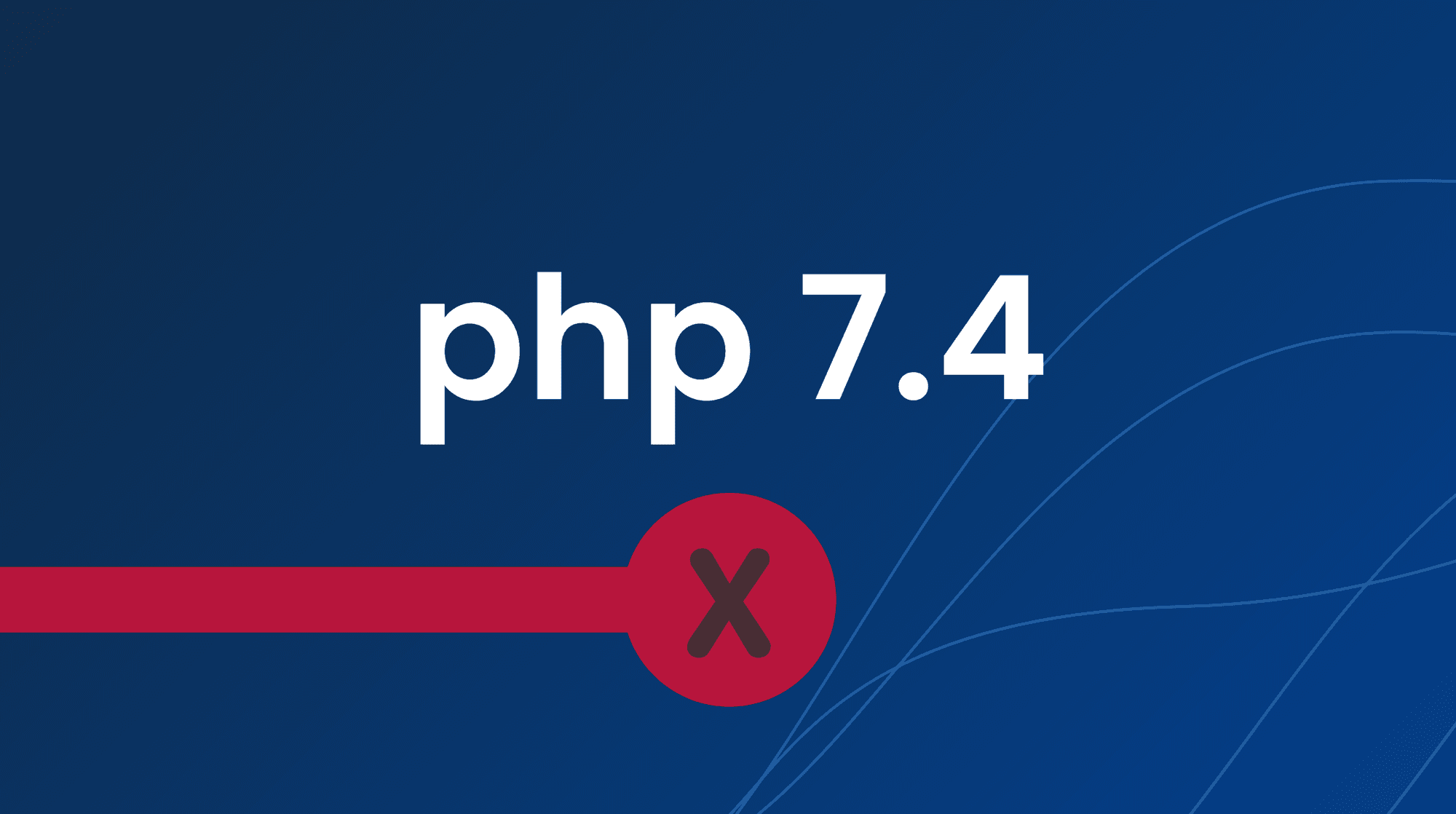To Small Business Social Media Marketing
Social media is one of the most powerful tools available for small businesses. It can help increase your brand awareness, engage with your target audience and generate leads. But navigating the tricky waters of social media marketing can be difficult, especially for entrepreneurs with limited time to spare. That’s why it’s important to have a guide to help you get started. This article is a step-by-step guide for small business owners who want to take advantage of social media marketing. Here, you’ll learn about creating content plans, how to use metrics to measure success, and what the biggest mistakes to avoid are. So, let’s get started!
Getting Started
Getting started with SEO can seem intimidating, but it doesn’t have to be. With a few simple steps, you can begin to make an impact on your website’s search engine rankings.
First, decide on a set of keywords you want to target. Researching your competitors and analyzing your own website’s analytics data will help you determine which keywords are worth targeting.
Next, create or update your website’s content with these keywords in mind. Make sure your content is relevant, valuable, and informative.
Finally, begin building a link profile for your website. You can do this by creating high-quality content and reaching out to other websites to link back to your content.
By following these simple steps, you can begin to make an impact on your website’s search engine rankings. Do your research, stay organized, and be persistent, and you’ll be well on your way to SEO success.
Set Goals and Objectives
The first step to developing an effective digital marketing strategy is to set goals and objectives for your marketing efforts. To set effective goals and objectives, you need to have a clear understanding of your current position and the direction you want to go.
Once you have a good understanding of your current position, you can then move on to setting goals and objectives. These goals and objectives must be SMART: Specific, Measurable, Achievable, Relevant, and Time-bound. Make sure that your goals are realistic and that they can be achieved within a reasonable timeframe.
Next, you’ll need to create a plan of action. This plan should include specific tactics and activities that you’ll be undertaking to reach your goals. This can include things like SEO, content creation, social media marketing, advertising, and more. Make sure that your plan is detailed and contains specific steps that you’ll be taking to reach your goals.
Choose the Right Platforms
The key to success on social media is to reach your target audience through the right platforms. To get started, you must first identify the social media platforms where your target audience are most active. Start by researching industry trends to determine which platforms are the most popular among your target audience.
Next, make sure to use a social listening tool to keep track of conversations about your brand, industry, and competitors. This way, you will be able to get a better understanding of what platforms people are using to discuss your content.
Once you’ve identified the right platforms, you can start creating high-quality content that resonates with your target audience. Make sure to post regularly and to engage with your followers to build relationships and create loyal fans.
Create a Content Plan
Creating a content plan is the first step to success. A content plan will help you to stay on track and focus on the right topics. You should create a content plan that fits your business goals, budget, and resources.
The content plan should include the topics you want to cover, how often you will post, how you will promote your content, and how you will measure success.
When creating your content plan, think about topics that are relevant to your target audience. You should also think about how you can use content to engage your audience and help them solve their problems. Finally, you should make sure that you have enough content to keep your readers engaged and coming back for more.
Measuring Success
Measuring success is a key part of any link building campaign. You need to track the number of backlinks you’ve earned, their quality, and the total number of visits and conversions your website is generating.
There are a few different tools you can use to measure success. Google Analytics is a great way to track your website’s performance, including user engagement, page views, and conversions.
You can also use a tool like Ahrefs to track the number of backlinks you’ve earned and their quality. This will give you an indication of how successful your link building efforts have been.
Lastly, you should also keep an eye on your website’s search engine rankings. Are your rankings improving as a result of your link building? If so, you can be sure that your efforts are paying off.
Understand Key Metrics
It’s important to have an understanding of the key metrics that you should be tracking when it comes to your website. These metrics will help you understand how your website is performing and where you can make improvements.
The key metrics that you should be tracking include:
• Pageviews: The number of times a page has been viewed
• Unique Visitors: The number of people who have visited your website
• Bounce Rate: The percentage of visitors who leave your website without taking any action
• Time on Site: The average time visitors spend on your website
• Conversion Rate: The percentage of visitors who take a desired action
By tracking these key metrics, you will be able to get a better understanding of how your website is performing, and where you can make improvements.
Use Analytics Tools
Using analytics tools is the key to understanding your website’s performance. You can use tools such as Google Analytics to track website visits, bounce rates, and more.
Analytics tools will give you valuable insights into which pages on your website are performing well and which ones need improvement. You can also track user engagement and use the data to optimize your content accordingly.
Analytics tools can also help you identify any technical issues your website is facing. For example, if you’re seeing an unusually high bounce rate, it could be a sign that your website is slow or not loading properly. You can use analytics tools to diagnose the issue and get it fixed.
Creating Content
Creating content is the key to a successful content marketing strategy. Content should be created with the purpose of providing value to your readers and inspiring them to take action.
When creating content, make sure it is relevant to your target audience and that it has a clear purpose. Content should also be engaging, entertaining, and informative.
When creating content, you should keep the following tips in mind:
• Utilize a Content Calendar: Having a content calendar allows you to plan ahead and create content that is relevant to current events and trends.
• Research Your Topic: Researching your topic will help you create content that is accurate and up-to-date.
• Focus on Quality Over Quantity: Quality content will help you build trust with your readers and keep them engaged.
• Use Visuals: Visuals are a great way to break up text and make your content more engaging.
• Promote Your Content: Promoting your content is essential for getting your content seen by your target audience.
Use Visuals and Videos
Using visuals and videos in your content can help you convey a message quickly and efficiently. Not only that, but visuals also help you break up a large chunk of text, making your content easier to read.
Visuals and videos can also help you attract more readers to your blog and keep them engaged for longer.
When it comes to visuals, there are many different types you can use, such as infographics, illustrations, graphs, screenshots, and photos. Videos can also be used to introduce a topic or explain a concept in more detail.
When using visuals and videos, make sure they’re relevant to the topic and of high quality. If you’re creating your own visuals, make sure they’re optimized for different devices. Additionally, make sure to include alt text and captions to give readers more information.
Engage with Your Audience
Engaging with your audience is an essential part of creating long-term relationships with your readers. This means responding to comments, creating social media accounts and engaging with your readers, and creating a platform for your readers to have a voice.
Engaging with your readers is a great way to build a community of loyal readers, who will be more likely to share your content and help you get more readers. When writing your blog posts, don’t forget to ask questions and encourage readers to leave comments. This will help create a conversation, which will make your blog more interesting and engaging.
In addition, you should take the time to respond to comments and messages from your readers. This will show your readers that you care about them and that you are interested in their opinions. If you don’t take the time to respond, readers may think that you don’t care about them and will be less likely to come back to your blog.
Promote Your Content
Once you’ve created your content and optimized it for SEO, you’ll want to promote it to a wide audience.
Here are some of the best ways to promote your content:
1. Social media: Use social media platforms like Facebook, Twitter, and LinkedIn to share your content and build an audience.
2. Email marketing: Send out emails to your subscribers to let them know about your new content.
3. Influencer marketing: Reach out to influencers in your niche and ask them to share your content with their followers.
4. Guest blogging: Reach out to other websites and blogs in your niche to see if they’ll accept guest posts.
5. Paid advertising: Use paid advertising platforms like Google Ads and Facebook Ads to promote your content.
By following these steps, you’ll be able to get your content in front of a large audience and generate more traffic to your website.
Mistakes to Avoid
When it comes to link building, you don’t want to make any mistakes. Here are some of the most common mistakes to avoid:
-Not setting realistic expectations: Link building is a long-term strategy, and it can take months to build up to a substantial amount of links.
-Targeting the wrong websites: Always make sure you’re targeting websites that are relevant to your niche.
-Not creating quality content: You need to create content that is valuable and interesting to your readers.
-Not tracking your progress: Tracking your progress is essential so that you can adjust your strategy accordingly.
-Not diversifying your link building techniques: Don’t just rely on cold email outreach. Try guest blogging, broken link building, and other tactics.
Posting Irrelevant Content
Posting irrelevant content is one of the most common mistakes made by bloggers. Not only does it make your website look unprofessional, but it can also hurt your search engine rankings.
When creating content, make sure you know who your target audience is and what type of content they’re likely to search for. That way, you can tailor your content to your audience and make sure it’s useful and relevant.
It’s also important to make sure your content is up-to-date. Outdated content can be quickly identified by search engines and will not rank as highly. So make sure you’re always adding fresh content to your website.
Finally, make sure you’re using the right keywords in your content. That way, you can make sure your content is discoverable by your target audience and search engines.
Ignoring Your Audience
One of the biggest mistakes you can make when creating content is to forget about your audience. Your content should be tailored to their interests, needs, and desires.
In order for you to create content that resonates with your audience, you need to understand who they are and what they want.
You can do this by creating buyer personas for your business. A buyer persona is a semi-fictional representation of your target audience. It should include information like demographics, interests, challenges, and goals.
Once you have a good understanding of who your target audience is, you’ll be able to create content that speaks directly to them. This will help you build an audience of engaged readers and improve your content marketing efforts.
Not Leveraging Automation
If you’re not leveraging automation tools, you’re making your life unnecessarily hard.
Automation tools help you save time, money, and energy.
For example, you can use automation tools to easily manage social media posts, send out emails, or even track your website’s performance.
Using automation tools can help you work smarter and focus on more important tasks that require your attention.
Some of the most popular automation tools include IFTTT, Zapier, and Automate.io. Each one of these tools has its own unique features and capabilities, so you should take the time to find the one that best fits your needs.
Once you’ve chosen the right tool for your project, you’ll be able to set up automations for almost anything you can think of.
Summing Up
By following the steps outlined in this guide, you’ll be well on your way to creating a successful content marketing strategy. Keep in mind the importance of having a goal, creating high-quality content, tracking your progress, and leveraging other channels to promote your content.
Content marketing takes time, so don’t expect overnight success. Keep track of the strategies you’re testing and see what works best for your business. With consistent effort and creativity, you’ll be able to create content that resonates with your target audience and generates the desired results. Good luck!



















